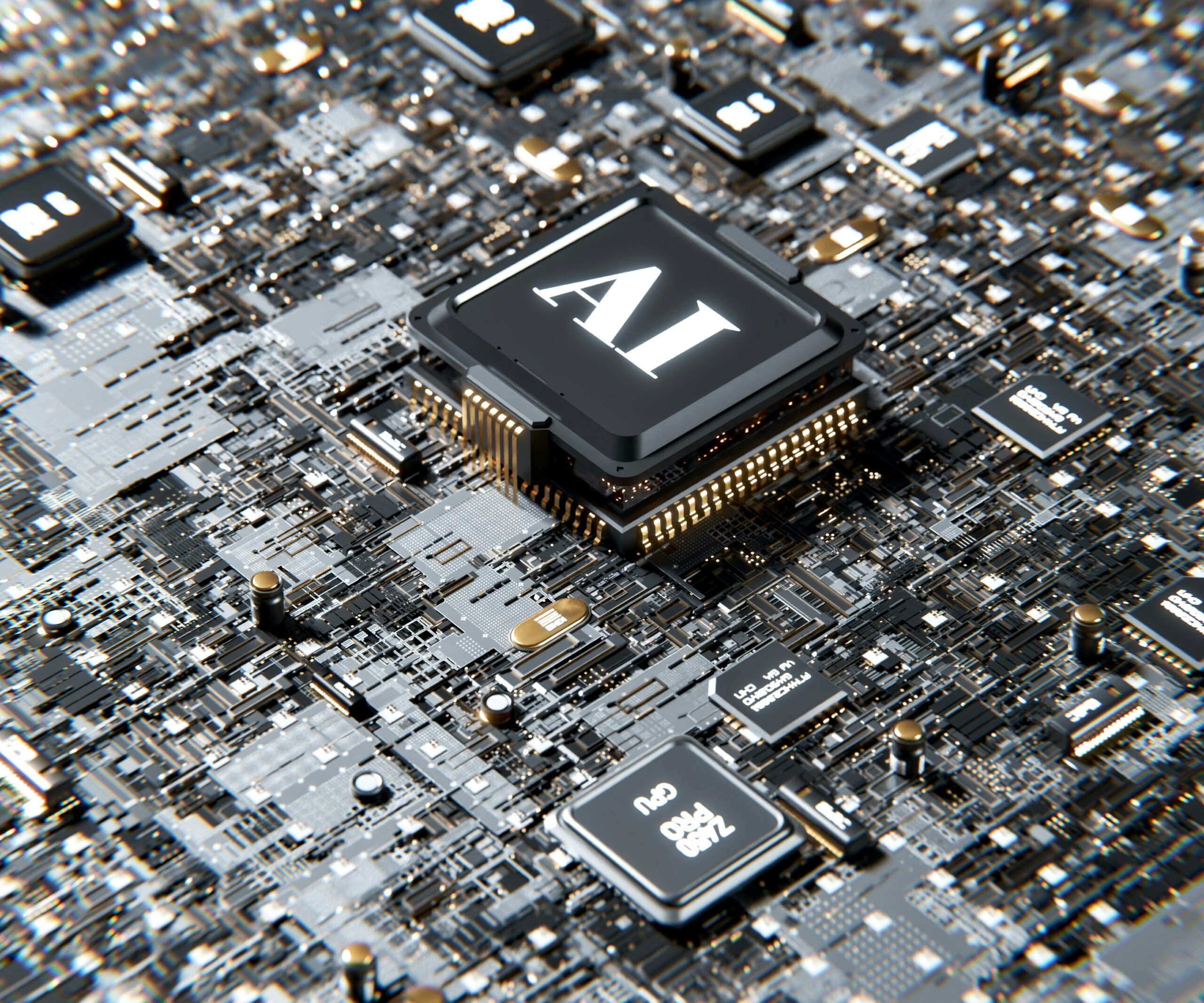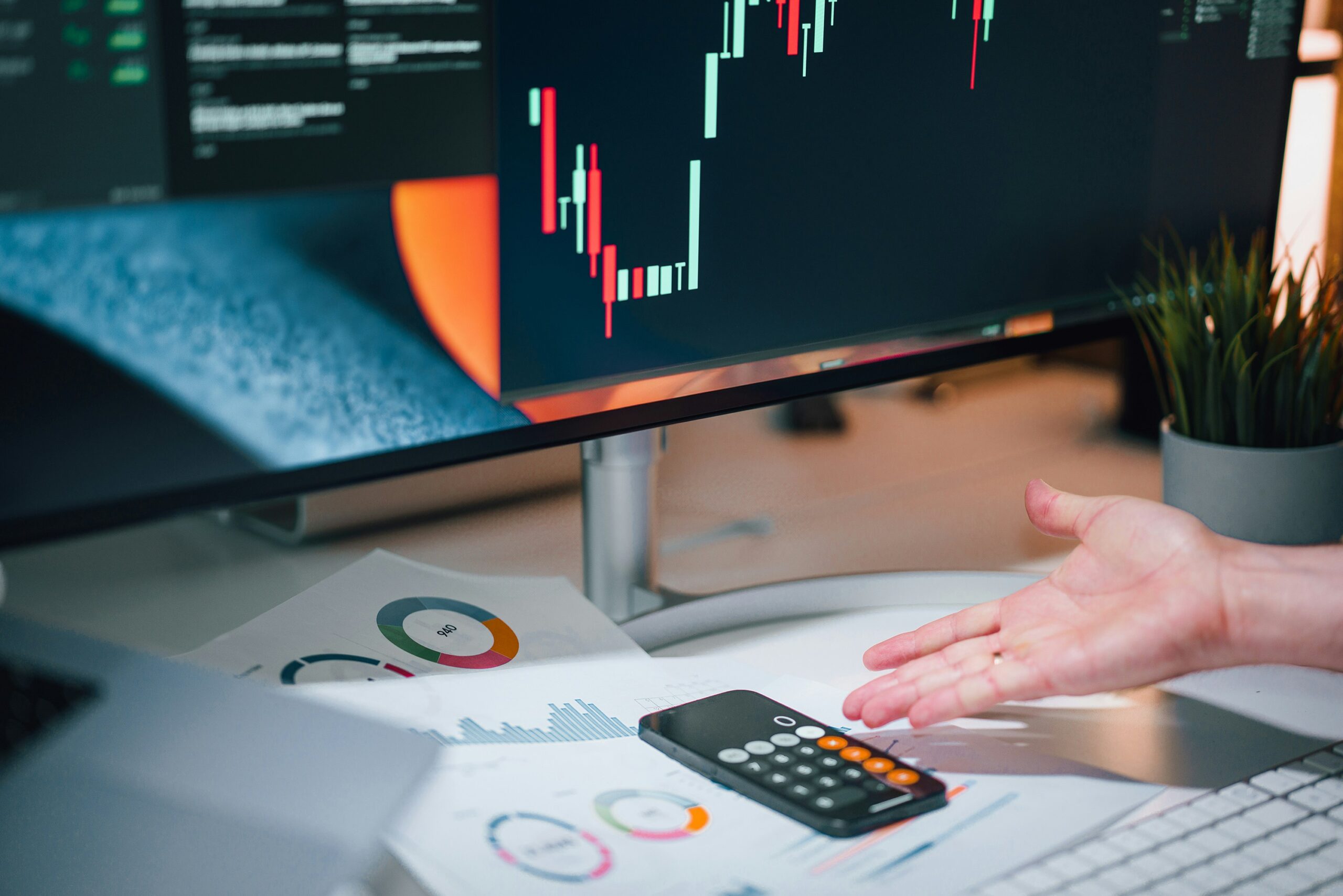Editor's note: Every Friday, we showcase a featured topic from our YouTube show, Altimetry Authority.
This week, we tackle themes from today's episode, which airs at 8 a.m. Eastern time.
Read on below to learn why AI is more than a short-term economic boost...
 AI is fueling one of the largest capital spending surges in recent memory...
AI is fueling one of the largest capital spending surges in recent memory...
This year, AI data-center investment is has already reached 1.2% of U.S. GDP. We haven't seen levels higher than that since the railroad frenzy of the 1880s.
To nobody's surprise, Big Tech is leading the charge.
"Magnificent Seven" members Microsoft (MSFT), Meta Platforms (META), Alphabet (GOOGL), and Amazon (AMZN) are set to pour more than $350 billion into AI infrastructure this year. Spending will likely top $400 billion in 2026.
All this spending should have investors excited. But they're still not sure what to think about the coming quarters.
Just two weeks ago, folks went into a brief panic over a particularly bad jobs report... that featured a cumulative downward revision of more than 250,000 jobs over the past few months. The S&P 500 Index fell almost 2% on the news.
As we'll explain today, folks are being nearsighted. This AI investment cycle is an opportunity that could carry markets for years.
It's more than just a short-term boom and bust.
 Second-quarter results proved Big Tech's AI push isn't just a cash burn...
Second-quarter results proved Big Tech's AI push isn't just a cash burn...
All that spending is really paying off.
Microsoft recently became the second company in history to hit a $4 trillion market cap. Meta's shares jumped 11% because its AI is driving stronger ad pricing.
These results flipped Wall Street sentiment. Investors once saw AI as an expensive gamble. They now treat it as proof of future growth.
And they're right...
As we said, capital spending hasn't hit these kinds of GDP levels since the start of the railroad build-out of the late 19th century. Aside from a bubble bursting here and there, the railroad boom lasted decades.
At its peak, railroad investment reached a 6% share of GDP.
AI data-center spending has already surpassed the 5G telecom investment wave of 2020. (That boom hit 1% of GDP at its peak.) But it has a long way to go before it matches the railroad boom.
And we're confident it can climb much higher from here.
 Meanwhile, macroeconomic data shows a handoff in progress...
Meanwhile, macroeconomic data shows a handoff in progress...
Consumer spending is contributing less to GDP growth than in years past. Information-processing equipment and AI-driven software are taking its place.
This spending wave is powered by built-in momentum that's rare in today's economy. Huge AI data center projects have to be planned years in advance. Long-term contracts are already in place for power, land, and equipment.
Once these projects break ground, they almost never get shelved. The capital is already committed. Suppliers have already been engaged. And clients are counting on the capacity.
In short, it means a reliable pipeline of work for everybody that touches the AI ecosystem... even if the broader economy slows.
Infrastructure cycles like this tend to be measured in decades, rather than quarters. Certain sectors could be on an upward path until well into the 2030s.
 If you're focused solely on consumer trends, you're missing the big story...
If you're focused solely on consumer trends, you're missing the big story...
The market's growth engine is solid. AI infrastructure spending is turbocharging this economy.
Entire sectors – from construction and electrical equipment to semiconductor manufacturing and cloud services – are benefiting.
Even if job growth is slowing down, it's not because companies are under pressure. Weaker employment reports don't necessarily spell trouble for the markets.
Capital expenditures are acting as a counterweight to consumer weakness. That's rare to see.
As corporate America ramps up AI investment, the ripple effects can support earnings growth across numerous industries.
Regards,
Joel Litman
August 15, 2025
P.S. We'll dive deeper into AI and the economy in today's episode of Altimetry Authority. New episodes air every Tuesday and Friday at 8 a.m. Eastern time.
Check out our YouTube channel right here... and be sure to click the "Subscribe" button.



 AI is fueling one of the largest capital spending surges in recent memory...
AI is fueling one of the largest capital spending surges in recent memory... 

